
by Kanimozhi BV | Feb 26, 2025 | Pest Control, DIY Ideas
Fruit flies are tiny but incredibly annoying pests that invade kitchens, hover around fruits, and seem impossible to get rid of.
Many people use apple cider vinegar traps, but what if you don’t have it or prefer not to use it? Here is how to get rid of fruit flies without apple cider vinegar.
The good news is that you don’t need apple cider vinegar to eliminate fruit flies. In this guide, I’ll share the most effective, natural, and DIY methods on how to remove fruit flies from your home. Whether you want homemade traps, repellents, or long-term prevention, this guide has you covered.
What Attracts Fruit Flies to Your Home?
Before tackling the problem, it’s important to understand why fruit flies invade your home in the first place. These tiny pests reproduce rapidly, with a single female laying up to 500 eggs at a time.
What are the Common Reasons You Have Fruit Flies?
- Overripe or rotting fruits & vegetables – Their favourite breeding ground.
- Sugary liquids & spills – Fruit juice, soda, wine, or beer attract them.
- Dirty drains & sinks – The damp environment allows them to thrive.
- Garbage bins & compost – Unsealed trash provides the perfect nesting spot.
- Moist, damp areas – Bathrooms, mops, sponges, and standing water help them multiply.
Now that you know what’s attracting them, let’s explore the best ways to get rid of them—without apple cider vinegar.
5 Effective Ways on How To Get Rid of Fruit Flies Without Apple Cider Vinegar
Dish Soap and Sugar Water Trap
Why It Works?
Fruit flies are attracted to sugar, and dish soap breaks the surface tension, causing them to drown.
What You Need?
- A small bowl or cup
- Warm water
- 1-2 teaspoons of sugar
- A few drops of dish soap
How to Make It?
- Fill a small bowl with warm water and mix in the sugar.
- Add a few drops of dish soap and stir.
- Leave it near areas with fruit flies—they’ll be drawn in and trapped.
Change the mixture every 1-2 days for the best results.
Lemon and Clove Repellent
Why It Works?
The strong scent of cloves and citrus oils repels fruit flies naturally. Usually, files do like few smell and the lemon and clove stands out from them.
What You Need?
- 1 fresh lemon
- 10-15 whole cloves
How to Make It?
- Cut a lemon in half.
- Stick whole cloves into the flesh of the lemon.
- Place it in problem areas such as kitchen counters or near trash bins.
Replace the lemon every 5-7 days for long-lasting results.
Milk, Sugar, and Black Pepper Trap
Why It Works?
The sweet milk attracts fruit flies, while pepper irritates them, causing them to drown.
What You Need?
- 1 cup of milk
- 3 tablespoons of sugar
- 1 tablespoon of black pepper
How to Make It?
- Heat the milk in a saucepan and mix in the sugar and pepper.
- Pour the mixture into a shallow dish.
- Leave it near fruit fly hotspots.
This method is great for catching large numbers of fruit flies overnight.
White Vinegar and Dish Soap Trap
Why It Works?
White vinegar has a strong scent that attracts fruit flies, while dish soap traps them.
What You Need?
- A small bowl
- White vinegar
- Dish soap
How to Make It?
- Fill a bowl with white vinegar.
- Add a few drops of dish soap and stir.
- Place it where fruit flies gather.
If you don’t have vinegar, you can use fermented fruit juice instead.
Essential Oils to Repel Fruit Flies
Why It Works?
Essential oils disrupt fruit flies’ scent receptors, making them avoid your home.
Best Essential Oils for Fruit Flies?
- Peppermint oil
- Lavender oil
- Eucalyptus oil
- Tea tree oil
How to Use It?
- Mix 10-15 drops of essential oil with water in a spray bottle.
- Spray near windows, fruit bowls, and kitchen surfaces.
Alternatively, soak cotton balls in essential oil and leave them near fruit fly hotspots.
How to Prevent Fruit Flies from Coming Back?
Getting rid of fruit flies is one thing, but keeping them away is even more important.
| Prevention Tip |
Why It Works |
| Store Fruits Properly |
Keep fruits in the fridge or in sealed containers. |
| Clean Up Spills Immediately |
Sugary spills attract fruit flies within hours. |
| Take Out Rubbish Daily |
Unsealed trash bins breed fruit flies quickly. |
| Rinse and Dry Drains |
Pour boiling water down the drain to kill larvae. |
| Use Sticky Fly Traps |
Catch lingering fruit flies before they reproduce. |

Conclusion
Fruit flies can be stubborn, but you don’t need apple cider vinegar to get rid of them. By using dish soap traps, lemon repellents, milk traps, white vinegar, and essential oils, as mentioned in this guide on how to get rid of fruit flies without apple cider vinegar, you can eliminate fruit flies quickly and naturally.
Prevention is key. Keep your kitchen clean, store fruits properly, and seal your rubbish bins to keep fruit flies away for good.
Tried any of these methods? Share your experience in the comments!
FAQs About Fruit Flies
1. Can Fruit Flies Come from Drains?
Yes, fruit flies lay eggs in moist drains. Clean them with boiling water and baking soda to prevent infestations.
2. Do Fruit Flies Bite?
No, fruit flies do not bite, but they can contaminate food.
3. How Long Does It Take to Get Rid of Fruit Flies?
With proper traps and prevention, you can eliminate them in 2-3 days.
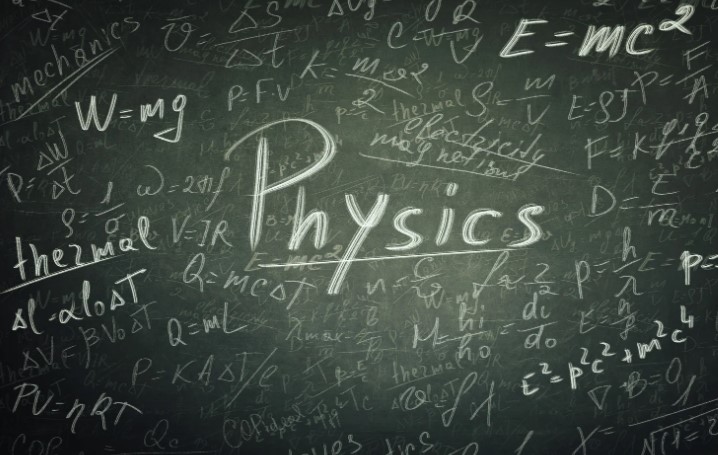
by Kanimozhi BV | Feb 25, 2025 | Appliances
In physics, the concept of work done is fundamental to understanding energy transfer. Work is done when a force is applied to an object, resulting in movement.
The amount of work done depends on the force applied, the distance moved, and the direction of force relative to displacement.
In this guide, I’ll walk you through the calculation for how much work is done if a force of 20N is used to move an object 6 metres? I’ll also explain the factors that influence work, its SI units, and real-life examples.
Let’s dive in!
In physics, work (W) is defined as the product of force and displacement in the direction of the applied force. Mathematically, it is given by:
W = F × d × cos(θ)
Where:
- W = Work done (Joules, J)
- F = Applied force (Newtons, N)
- d = Displacement (Metres, m)
- θ = Angle between force and displacement (Degrees)
The cos(θ) component accounts for the direction of force relative to displacement. If the force is applied in the same direction as movement, θ = 0°, and cos(0) = 1, simplifying the formula to:
W = F × d
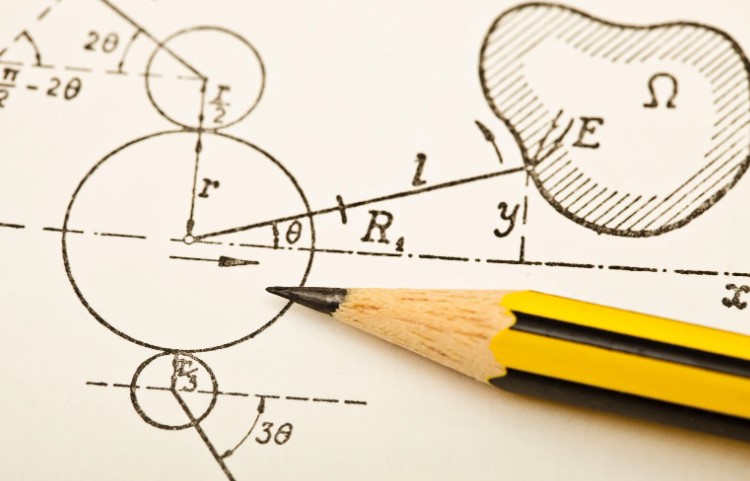
How Much Work Is Done If a Force of 20N Is Used to Move an Object 6 Metres?
Now, let’s apply the formula to the given values:
- Force (F) = 20 N
- Displacement (d) = 6 m
- Angle (θ) = 0° (force and displacement are in the same direction)
Using the formula:
W=20×6×cos(0)
W=20×6×1
W=120 Joules (J)
So, the total work done is 120 Joules (J).
What Are the SI Units of Work?
In physics, the SI unit of work is the Joule (J). One Joule is defined as:
“The work done when a force of 1 Newton moves an object by 1 metre in the direction of the force.”
Other common units used in different contexts include:
| Unit |
Equivalent in Joules |
Used In |
| Joule (J) |
1 J |
General physics calculations |
| Kilojoule (kJ) |
1,000 J |
Energy measurements in food, engineering |
| Foot-pound (ft-lb) |
1.356 J |
Mechanical work, torque |
| Erg |
10−710^{-7}10−7 J |
Small-scale physics experiments |
What Factors Affect the Amount of Work Done?
Several factors influence the amount of work done:
- Force Applied (F) – A greater force results in more work being done.
- Displacement (d) – The farther the object moves, the more work is performed.
- Angle Between Force and Displacement (θ) –
- If force and displacement are in the same direction (θ = 0°), work is maximised.
- If force is perpendicular to displacement (θ = 90°), no work is done (e.g., carrying a book without moving it horizontally).
- If force is opposite to displacement (θ = 180°), work is negative (e.g., friction slowing an object down).
What Are The Real-Life Examples of Work Done in Physics?
Work done is a concept we see in everyday life. Here are a few examples:
- Lifting a grocery bag – Work is done against gravity when lifting a bag.
- Pushing a shopping trolley – Work is done when force moves the trolley forward.
- Cycling on a road – Leg muscles apply force to move the bicycle.
- Throwing a ball – Work is done to give the ball kinetic energy.
The table below highlights different scenarios of work done:
| Scenario |
Force Applied |
Distance Covered |
Work Done? |
| Pushing a car |
High |
Significant |
Yes |
| Carrying a box while walking |
High |
None (no displacement in force direction) |
No |
| Lifting weights |
Medium |
Small |
Yes |
| Holding a book steady |
Medium |
None |
No |

What are the Common Misconceptions About Work in Physics?
Many people misunderstand the concept of work in physics. Here are a few common misconceptions:
- “If I push an object and it doesn’t move, work is still done.”
No, work requires both force and displacement. If the object doesn’t move, no work is done.
- “Work and energy are the same thing.”
Work is energy transfer, not energy itself. Energy is the ability to do work.
- “Holding a heavy object in place requires work.”
No, if there’s no movement, no work is done, even if force is applied.
Conclusion
Understanding work in physics helps explain how force and displacement interact. In our example, the question is how much work is done if a force of 20N is used to move an object 6 metres? and we have the answer as when a force of 20N moves an object 6 metres, 120 Joules of work is done.
Key takeaways:
- Work is force multiplied by displacement in the force’s direction.
- SI unit of work is the Joule (J).
- No movement = no work, even if force is applied.
- Work depends on force, distance, and angle between them.
By applying these principles, we can better understand mechanics, engineering, and energy transfer in everyday life.
Related Article: What Name Is Given to the Amount of Work Done in a Given Time?
FAQs About Work in Physics
1. What happens if the force is applied at an angle?
If force is applied at an angle, only the horizontal component contributes to work. The formula includes cos(θ) to account for the angle.
2. Can work be negative in physics?
Yes. Work is negative if the force opposes motion, like friction slowing down a moving object.
3. Is work done if there is no movement?
No. Without displacement, work is zero regardless of the force applied.
Work is the transfer of energy. When work is done on any object, then it will either gain or lose energy.
5. Why is work measured in Joules?
Joules are the standard SI unit of energy and work, ensuring consistency in physics calculations.
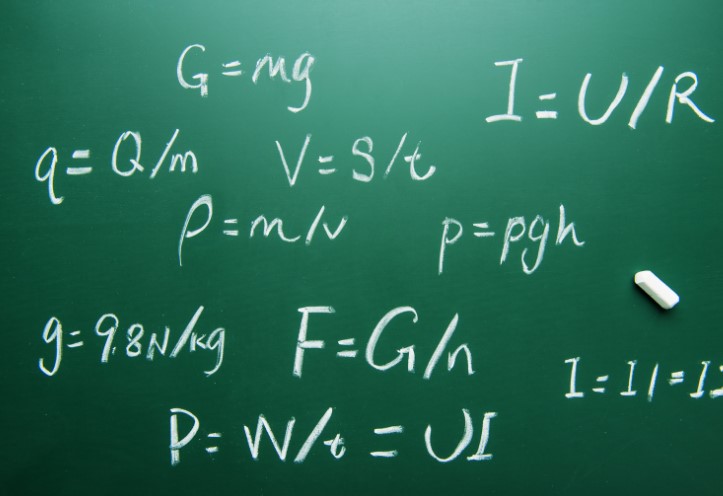
by Kanimozhi BV | Feb 24, 2025 | Appliances
In physics, work and time are two crucial factors that define how energy is transferred. When work is done, energy is used or transferred from one form to another. But what name is given to the amount of work done in a given time? That’s where the concept of Power comes in.
Power plays a fundamental role in physics, engineering, and even our daily lives. From measuring the performance of machines to understanding energy consumption in appliances, power helps us quantify how quickly work is performed.
In this guide, I’ll explain what power is, how it is calculated, its SI units, and its real-world applications. Let’s dive in!
What Name Is Given to the Amount of Work Done in a Given Time?
The correct term for the amount of work done in a given time is Power.
In simple terms, Power is the rate at which work is done. It tells us how quickly energy is transferred or how fast a task is completed in a specific period.
For example:
- A 100-watt light bulb consumes energy faster than a 40-watt bulb.
- A sports car accelerates faster than a truck because it has higher power.
Power is a key concept in mechanics, electrical systems, and thermodynamics, helping us understand efficiency and performance.
Power is mathematically defined as:
Power(P) = WorkDone(W) / TimeTaken(t)
Where:
- P is power (measured in Watts, W)
- W is work done (measured in Joules, J)
- t is time taken (measured in seconds, s)
This formula shows that the faster work is done, the higher the power.

Example Calculation:
Imagine lifting a 10 kg object to a height of 2 meters in 4 seconds.
- Work done = Force × Distance = (10 × 9.8) × 2 = 196 Joules
- Power = 196 J / 4 s = 49 Watts
Thus, the power required for this task is 49 W.
What Are the SI Units of Power?
Power is measured in Watts (W), named after James Watt, the inventor of the steam engine.
Unit Conversions:
- 1 Watt (W) = 1 Joule per second (J/s)
- 1 Kilowatt (kW) = 1,000 Watts
- 1 Horsepower (hp) ≈ 746 Watts
Other Units of Power:
| Unit |
Equivalent in Watts |
Used In |
| Watt (W) |
1 W |
General science & physics |
| Kilowatt (kW) |
1,000 W |
Electrical appliances |
| Horsepower (hp) |
746 W |
Automobiles & engines |
| Megawatt (MW) |
1,000,000 W |
Power plants & industry |
What Are Some Real-Life Applications of Power?
Power is an essential concept used in various fields. Some common applications include:
- Electrical Appliances – Light bulbs, televisions, and refrigerators consume electrical power measured in watts.
- Vehicles and Engines – Horsepower (hp) is used to measure the performance of cars and motorcycles.
- Sports and Athletics – Power is a key factor in sprinting, weightlifting, and other high-energy activities.
- Construction and Engineering – Machines like cranes and bulldozers use power to perform heavy tasks.
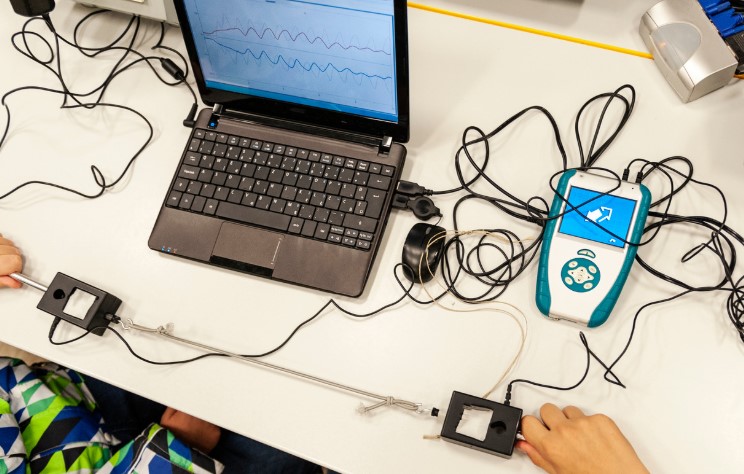
How Does Power Differ from Energy and Work?
Many people confuse power with energy and work. Here’s a simple comparison:
| Concept |
Definition |
SI Unit |
Formula |
| Work |
Energy transferred when force is applied over a distance |
Joule (J) |
W = F × d |
| Energy |
The capacity to do work |
Joule (J) |
E = P × t |
| Power |
Rate at which work is done |
Watt (W) |
P = W / t |
Key takeaway:
- Work and energy measure how much effort is exerted.
- Power measures how fast that effort is applied.
What are the Common Misconceptions About Power and Work?
There are several misunderstandings about power and work, such as:
- Power is not the same as energy – Energy is the capacity to do work, while power is the rate at which that work is done.
- More power doesn’t always mean more energy consumption – A high-power device may run for a shorter time, consuming less energy overall.
- Watt and horsepower are not interchangeable – Horsepower is used for engines, while watt is used for electrical power.
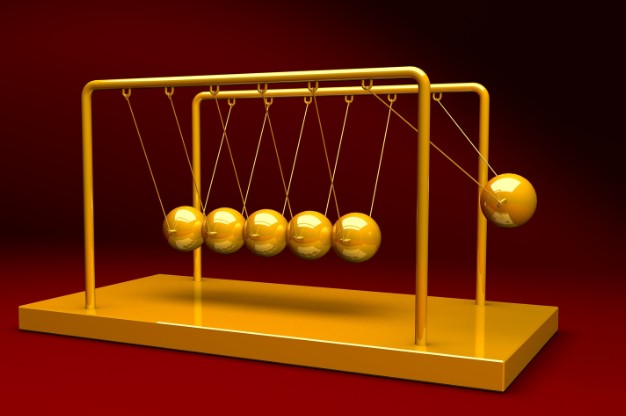
Conclusion
Power is a fundamental concept in physics, defining the rate at which work is done. Understanding power, its units, and applications helps us analyze mechanical and electrical systems efficiently.
From vehicles to household appliances,power plays a vital role in our everyday lives. By knowing how to measure and interpret power, we can make smarter decisions about energy usage and efficiency.
Related Article: A 15 W Electric Shaver Is Used for 3 Minutes. How Much Energy Does It Use?
FAQs On Power
1. What is the difference between power and energy?
Power is the rate of energy transfer, while energy is the total capacity to perform work.
2. Why is power important in physics?
Power helps us understand how efficiently work is done and how machines perform tasks over time.
3. What are practical examples of power in daily life?
Examples include electrical appliances (bulbs, microwaves), vehicles (engine horsepower), and even physical activities (running, lifting weights).
4. How is power measured in electrical appliances?
Power is measured in watts (W) or kilowatts (kW), calculated as P = Voltage × Current in electrical circuits.
5. What is the significance of horsepower in vehicles?
Horsepower measures an engine’s power output, helping determine speed and acceleration capabilities.
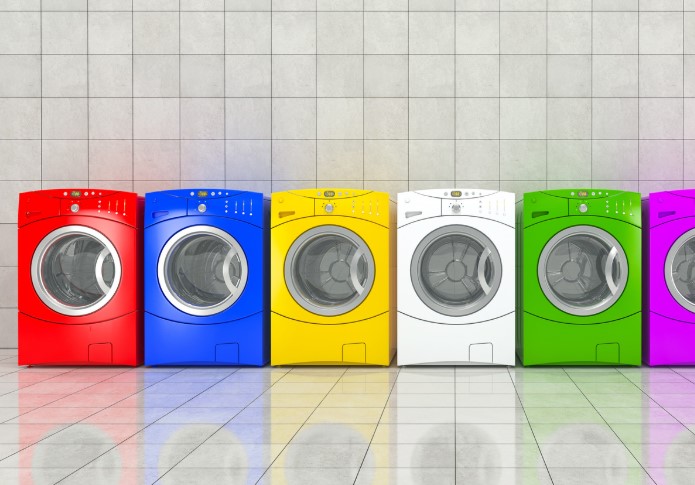
by Kanimozhi BV | Feb 21, 2025 | Washing Machine, Appliances
If your Bosch washing machine displays an E18 error code, it means your washer is having trouble draining water. This issue can interrupt your washing cycle, leave clothes soaking wet, and even cause water leakage if not fixed promptly.
The good news is that you can often resolve the E18 error at home without needing a technician. In this guide, I’ll explain:
- What the Bosch washing machine E18 error means
- The main causes of the error
- Step-by-step solutions to fix it
- How to prevent it from happening again
What is the E18 error in a Bosch washing machine?
The E18 error code on a Bosch washing machine indicates a drainage problem. This happens when the washer is unable to pump out water efficiently, causing a delay in the wash cycle.
Ignoring this error can lead to:
- Water not draining properly
- Clothes remaining wet after the cycle
- Potential damage to the drain pump
To fix this issue, it is important to understand what is causing it.

What causes the E18 error code?
Blocked Drain Filter
Over time, lint, hair, coins, and small debris can collect in the drain filter, blocking water flow.
Clogged Drain Hose
A twisted or clogged drain hose can prevent water from exiting the machine.
Drain Pump Issues
The drain pump can get clogged with dirt or become faulty, stopping water from being pumped out.
Plumbing or Installation Faults
If the drain hose is not installed correctly or if there is a blockage in the home’s drainage system, water may not drain properly.
How do I clear the fault code on my Bosch washing machine?
Once you fix the drainage problem, the E18 error should disappear automatically. However, if the error remains, try these steps:
- Turn off and unplug the washer for a few minutes.
- Clean the drain filter and drain hose.
- Run a quick and short rinse cycle to check whether the issue is resolved.
- Manually reset the machine (see reset instructions below).
If the error persists, it might indicate a deeper issue with the drain pump or plumbing.
Get to know about tap changing cost for a plumber with our comprehensive guide.

What is E18 water supply fault?
Many people confuse the E18 error with a water supply problem, but they are different.
| Error Code |
Issue Type |
Possible Causes |
| E18 |
Drainage issue |
Blocked filter, clogged hose, faulty pump |
| E17 |
Water supply issue |
Low water pressure, clogged inlet valve |
The E18 error is not related to water supply. It strictly relates to drainage problems.
How do you fix Bosch washing machine E18 error?
Step 1: Turn Off the Machine and Unplug It
Always unplug the washing machine before working on it for safety.
Step 2: Check and Clean the Drain Filter
- Locate the drain filter (usually at the bottom front of the washer).
- Place a towel or shallow container under the filter to collect all water.
- Unscrew the filter cap carefully remove any debris, such as lint, coins, or hair.
- Rinse the filter under running water and reinstall it securely.
Get to know why your washing machine leaking from bottom and fix with our solutions.
Step 3: Inspect and Clear the Drain Hose
- Locate the drain hose at the back of the machine.
- Disconnect it from the drain pipe.
- Check for clogs by running water through it or using a wire to remove blockages.
- Reattach the hose and ensure it is not bent or twisted.
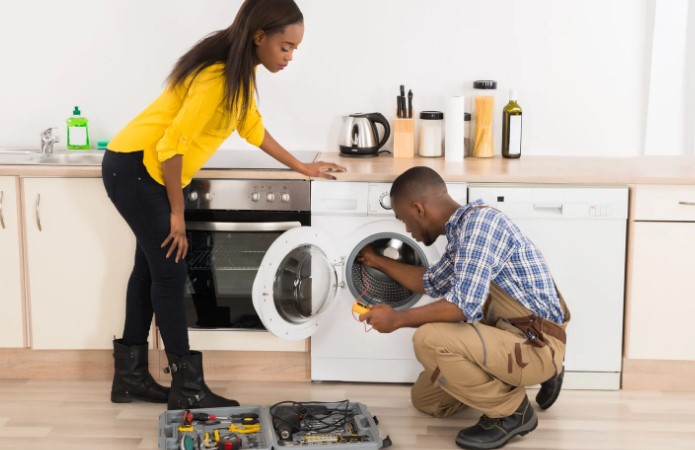
Step 4: Examine the Drain Pump
- If the issue persists, the drain pump may be clogged.
- Remove the filter cap and check if the pump impeller moves freely.
- If the pump is making unusual noises, it may need replacement.
Step 5: Restart the Washing Machine
Plug the machine back in, run a short cycle, and check if the E18 error disappears.
How do I reset my washer after error code?
If the E18 error remains after fixing the issue, try these resetting method of a washing machine:
Method 1: Power Reset
- Turn off the washer and unplug it for five to ten minutes.
- Plug it back in and restart the cycle.
Method 2: Reset via Control Panel
- Press and hold the “Start” button for 3-5 seconds.
- If your model has a reset function, follow the instructions in the manual.

How to prevent E18 error in the future?
- Clean the drain filter every one to two months.
- Check the drain hose regularly for kinks or clogs.
- Avoid washing items with loose threads or excessive lint.
- Run a maintenance cycle with vinegar or descaler every few months.
Conclusion
The Bosch washing machine E18 error is a common drainage issue caused by a clogged filter, blocked drain hose, or faulty drain pump. Thankfully, it is usually easy to fix by cleaning the filter, checking the hose, and resetting the machine.
Regular maintenance, such as cleaning the filter monthly and ensuring the drain hose is clear, can help prevent this issue. If the error persists after troubleshooting, it may indicate a more serious problem requiring professional assistance. Addressing the E18 error promptly ensures your washing machine runs efficiently and avoids further complications.
Most Common Questions About Bosch Washing Machine E18
1. Can I fix the E18 error myself, or do I need a technician?
Most E18 errors can be fixed at home by cleaning the drain filter and hose. If the issue continues, professional help may be required.
2. How often should I clean the drain filter?
It is recommended to clean the filter every one to two months to prevent blockages.
3. Will the E18 error code disappear after fixing the issue?
Yes, but some Bosch washing machines may require a manual reset.
4. Can detergent buildup cause the E18 error?
Yes, too much detergent in drawer can create soap scum, leading to drain blockages.
5. What if my washing machine still shows E18 after fixing it?
- Double-check the drain filter and hose.
- Ensure the drain pump is working.
- If the issue persists, contact Bosch customer support.

by Kanimozhi BV | Feb 19, 2025 | Interior, DIY Ideas
Drawers with metal glides and no levers can be tricky to remove, especially if you’re used to drawers with a quick-release mechanism. If you’ve ever tried pulling out a drawer only to find it stuck at a certain point, don’t worry—you’re not alone!
In this guide, I’ll walk you through how to remove drawers with metal glides and no levers safely without causing any damage. By the end, you’ll be able to slide out your drawers effortlessly and even troubleshoot common issues.
Metal drawer glides are tracks installed on the sides, center, or bottom of a drawer to allow smooth sliding in and out of a kitchen cabinet or dresser. They are durable, stable, and commonly found in modern furniture.
There are three common types of metal drawer slides:
| Type of Glide |
Location |
Removal Difficulty |
| Side-Mounted |
On the sides of the drawer |
Moderate |
| Center-Mounted |
One metal track in the middle |
Easy |
| Under-Mounted |
Attached underneath the drawer |
Moderate to Hard |
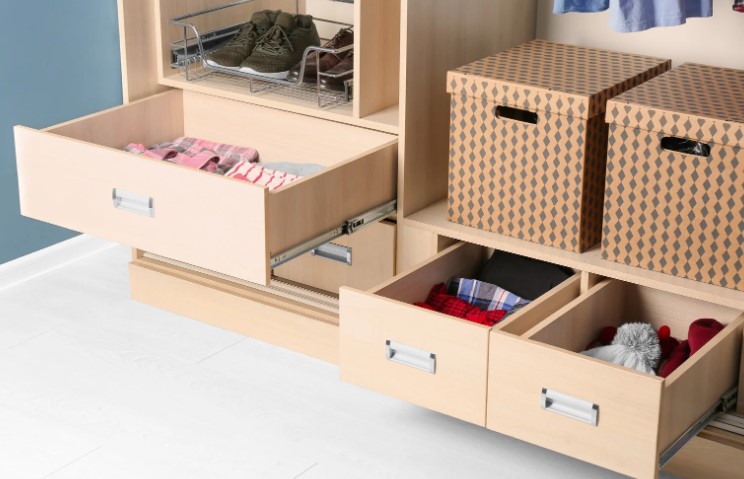
Why Do Some Drawers Have No Levers?
Some drawers come with quick-release levers, allowing for easy removal. However, not all manufacturers include this feature. Reasons why some drawers lack levers include:
- Cost-saving design – Simpler construction without extra parts.
- Older furniture models – Many traditional dressers and cabinets don’t use levers.
- Tighter fit for stability – Some brands prefer to keep drawers securely in place without a release mechanism.
Before you start, it’s a good idea to gather a few tools to make the process easier.
- Flashlight – To inspect the drawer track clearly.
- Screwdriver – In case there are screws securing the drawer.
- Gloves – To improve grip and avoid scratches.
Checking the Drawer Mechanism
- Fully extend the drawer to inspect the tracks.
- Look for screws, built-in stops, or brackets that may be preventing removal.
- Identify whether it has side-mounted, center-mounted, or under-mounted glides.
Step 1 – Open the Drawer Fully
Pull the drawer as far as it will go without applying too much force. If it stops, don’t yank it—this could damage the rails.
Step 2 – Lift or Tilt the Drawer
Many drawers with no levers require lifting slightly to remove them. Try:
- Lifting the front slightly upwards to release the drawer.
- Tilting the drawer at a slight angle while pulling forward.
Step 3 – Apply Gentle Force
If the drawer resists, try wiggling it slightly side to side as you pull. Be patient—some drawers may need a gentle rocking motion to disengage from the rails.
Step 4 – Check for Screws or Stops
- Some metal glides have small screws or plastic stoppers that prevent the drawer from coming out completely.
- If screws are present, remove them with a screwdriver before attempting to pull the drawer out again.
Step 5 – Pull the Drawer Out Completely
Once the drawer is free from the glides, slide it out carefully and evenly to avoid damaging the tracks.
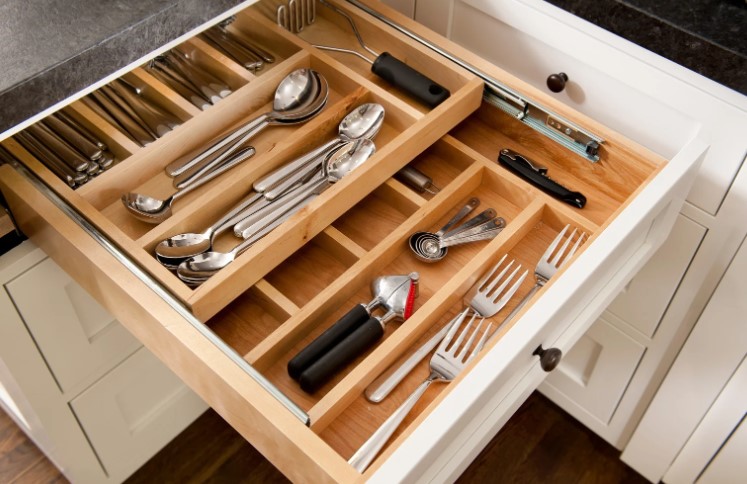
Troubleshooting Common Issues When Removing Drawers
Drawer Feels Stuck – What to Do?
- Check for debris – Sometimes, dirt or objects inside the track can block movement.
- Apply lubrication – A little WD-40 or silicone spray can help.
The Drawer Won’t Lift or Tilt – Alternative Methods
- Press the sides inward slightly while pulling.
- Use a rubber mallet or gentle tapping to loosen tight glides.
How to Reinsert the Drawer After Removal?
- Hold the drawer level and line up the glides with the tracks.
- Gently push it back in, ensuring both sides enter at the same time.
Checking for Smooth Operation
- Slide the drawer in and out a few times to make sure it’s aligned properly.
- If it sticks, reposition the tracks or apply lubricant.
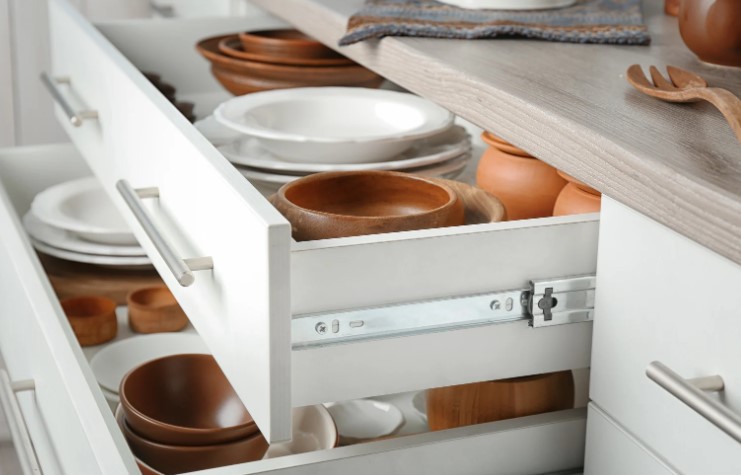
What are the Tips to Maintain Drawers with Metal Glides?
Regular Cleaning
- Use a dry cloth or compressed air to remove dust and debris.
Lubricating the Tracks for Smooth Sliding
- Apply silicone-based lubricant or WD-40 to keep glides moving smoothly.
Checking for Loose Screws or Damaged Glides
- Tighten any loose screws with a screwdriver.
- If glides are bent or broken, consider replacing them.
Conclusion
Removing drawers with metal glides and no levers may seem tricky, but with the right technique, it’s actually quite simple.
By following this guide on how to remove drawers with metal glides and no levers, you can safely remove your drawers without damaging the tracks or furniture.
If you ever find a drawer stuck or difficult to remove, don’t force it—just try lifting, tilting, or checking for hidden stops. And remember, regular maintenance will keep your drawers sliding smoothly for years to come.
Related Article: How to Clean Washing Machine Drawer? Easy Home Remedies
- Look on the sides, bottom, or center of the drawer for metal tracks.
- If the drawer slides smoothly on a rail, it likely has metal glides.
2. What if my drawer is stuck and won’t budge?
- Pull both sides evenly to avoid tilting.
- Use a flashlight to check for obstructions or screws.
- Yes! In most cases, you can remove them by lifting and tilting.
- If screws are holding the drawer, a screwdriver may be needed.
4. How do I prevent my drawers from getting stuck again?
- Clean the tracks regularly.
- Apply lubrication to prevent friction.
- Yes, you can buy replacement metal glides at hardware stores.
- Use a screwdriver to remove old glides and install new ones.





















